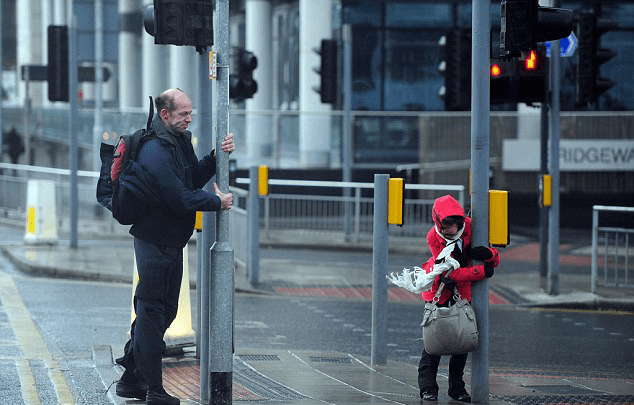Pedestrian Level Wind Comfort
One of the important issues that need to be emphasized in terms of wind in building physics; If the height of the structure increases, the pressure zones grow. This basically means winds that accelerate in height around the structure.
Designers need to consider the wind-related comfort situation, whether it be a high-rise building or a mixed project of many different buildings. Building owners make rental or sales plans in all commercial outdoor areas with the expectation of a comfort that is suitable for “long-term seated use”. In the initial design stage, Alkazar supports designers by working quickly on mass-based forms with comfort valuation in order to avoid such problems.
Alkazar supported a number of projects for wind distribution around the building, where improvements in the current situation could be achieved by examining the wind directions. These are deciding what the position and shape of a windbreaker will be in the rooftop restaurant area, or interpreting the comfort experience of wind with humidity and temperature. By determining the shade hours that will occur due to the density of the buildings, the level that the wind velocity will reach with the building form is interpreted by combining it. In the analyzes that will be carried out for the improvements in the use of landscaping in projects with mixed structures, the types of trees and the pressure losses provided by them are modeled and the change of wind comfort is visualized.

Different criteria are used to make sense of wind comfort. In digital tests (CFD models) carried out by computational methods, visuals can be taken from any point or area. Thus, it can be calculated how even a change with a thin awning will change the comfort of the pedestrian level. The Beaufort scale describes the effect of wind speed on the physical comfort of the human body. For example, you don’t want the napkins on your table to fly for a quiet dinner. In this case, the wind velocity should not exceed 2.2 m/s. In order for the design to meet this detail, the first point of our team is the analysis of the historical climate data of the region. Thus, both the determination of prevailing wind directions and the level of speed in the building region will be defined. Then, it is calculated how the project building, modeled together with the surrounding buildings, direct the wind.

What we have described above, should be needed for larger structures such as bridges or stadiums. For example, if the sound of the spectators who come to watch the match is not echoed in the stadium cause of prevailing winds, the morale will deteriorate. If we add to this situation the football team, which lost its advantage against the opponent due to the prevailing wind, the tension will increase. Of course, this may be acceptable for some due to the habits or cultural background of the spectators, but if the score of the match changes due to this, even the reconstruction of the stadium may be possible.
In some bridges, the increase in the blowing speed of the side winds is so high that it poses a serious risk to small vehicles. Adjusting the height, position and permeability of the wind breakers to be made to the sides of the bridge can be tested digitally quickly. Alkazar team will calculate and visualize all the comfort you need for the wind at the first stage with you.





